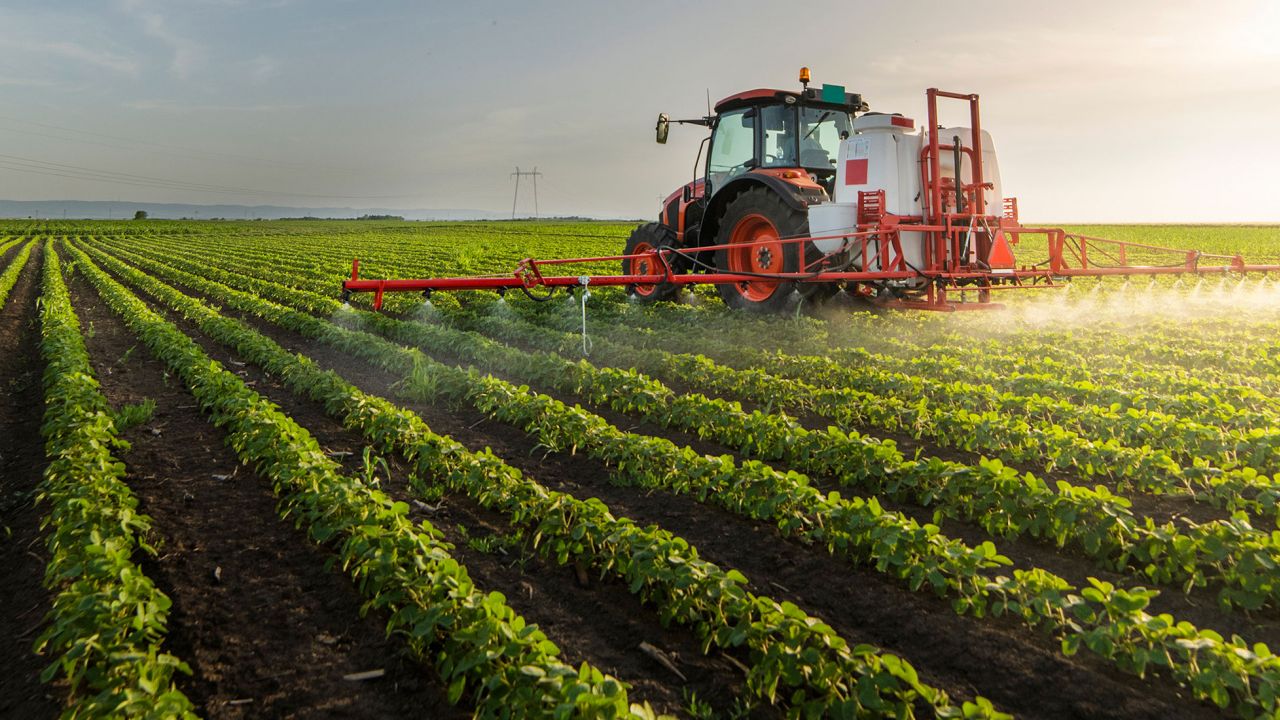Herbicide safeners, also referred to as herbicide antidotes, are chemical compounds used in combination with herbicides to protect plants against herbicide injury. The primary aim of herbicide safeners is to minimize the effect of herbicides on crop plants. Also, they improve the safety of herbicides and the effectiveness of weed control.
Herbicide safeners are widely used on various crops, including wheat, corn, rice, barley, and sorghum. This blog post takes you to the realm of herbicide safeners and sheds light on the top factors propelling the herbicide safeners market forward.
A Look at Common Herbicide Safeners
Benoxacor – Benoxacor is an herbicide safener used in many herbicides available on the market. It has low aqueous solubility and high volatility.
Cloquintocet – Cloquintocet, commonly referred to as acetic acid, is a crop safener added to various herbicide formulations. It’s used to improve cereal crop tolerance to the herbicide clodinafop-propargy.
Dichlormid – As an herbicide safener, dichlormid is used in pesticides to control grass and broadleaf weeds.
Flurazole – Flurazole is an herbicide that contains alachlor or metolachlor. It is often used in seed treatments.
Isoxadifen – Isoxadifen is an isoxazoline that’s used as an herbicide safener. It’s often used in conjunction with herbicides iodosulfuron-methyl-sodium.
Metcamifen – This herbicide is used to safeguard clodinafop-propargyl from damaging specific crops. It is known for promoting the accelerated detoxification of clodinfop in rice.
Growth Drivers
The herbicide safeners market size was USD 1.11 billion in 2021 and is expected to grow at a CAGR of 4.1%, generating an estimated revenue of USD 1.59 billion by 2030.
There has been an increase in herbicide-induced crop damage worldwide. Herbicide safeners can selectively protect crops from pesticide damage while not lowering the herbicide activity on selected species of weed. Besides, the rising demand for organic additives in crops is expected to boost the market demand for herbicide safeners over the forecast period.
Herbicide safeners are applied during pre and post-emergence crop treatments to yield better results. The rising instances of insecticide damage and growing awareness of such chemicals among farmers are some other factors impacting the herbicide safeners market sales favorably.
How Are Herbicides Applied?
There are two main herbicide application methods: soil application and foliar application. Below is an overview of the two:
Soil applied: In this method, the herbicide is sprinkled on the soil or the emerging seedlings. It is then taken up by the root of the crop. Soil-applied herbicides are usually used as preplant or preemergence treatment. Several factors influence the effectiveness of these herbicides.
Foliar applied: These are postemergence herbicides that are applied on the crop’s portion located above the ground. They are then absorbed by the exposed tissue of the crop. Foliar-applied herbicides can either be translocated throughout the plant or stay at a specific contact site.
Benoxacor Segment Is Expected to Witness the Fastest Growth
Benoxacor is used in several safeners available in various markets. It is widely used on crops like corn, sorghum, and soybeans during both pre and post-emergent application methods. Also, it’s used to strengthen the use of such safeners. The growing adoption of Benoxacor worldwide is anticipated to boost the segment’s growth in the herbicide safeners market.
Latin America is Anticipated to Garner Significant Growth
The region’s growth can primarily be attributed to the increased adoption of herbicide safeners and the rising production of crops like corn & soybeans to meet the region’s export requirements. Furthermore, the growing need to expand crop production by agricultural intensification is anticipated to increase the demand for crop protection chemicals such as herbicides and nematicides, thereby impacting the market for herbicide safeners favorably.
End Note and Conclusion
Herbicide safeners play a crucial role in safeguarding crops against the potential damage caused by the usage of herbicide safeners. They help remove weeds during the early stage and also improve the yield of crops. The rising urbanization and industrialization have increased the demand for food products and are expected to boost the herbicide safeners market demand in the upcoming years.

